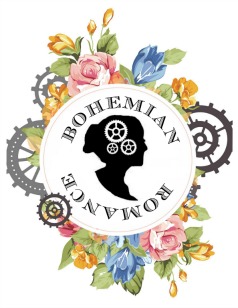The Singer Sewing Machine is mistakenly thought of as the first sewing machine for domestic use. However, Elias Howe (inventor & machinist), not Issac Singer, is the father of the sewing machine. On Sept. 10, 1846 Elias Howe's patent for the first sewing machine was granted. Howe's sewing machine had a "needle with the eye at the point, a shuttle operating beneath the cloth to form the lock stitch, and an automatic feed." At first, the general public, and tailors especially, were skeptical of his machine. It was rudimentary and not without its flaws.

It was Singer whose tweaks and adjustments that improved the machine who was able to sway the American public.
While it may not have been the first sewing machine invented, it was the first standardized technology to be mass marketed. Singer Sewing Machines were sold door-to-door and were promoted by Issac Singer, their manufacturer, as a way to free women from laborious and time-consuming hand sewing.

It was also widely successful. In the United States alone in 1896 between 600,000-700,000 sewing machines were sold. International consumption of American sewing machines generated $67,000,000 dollars from 1865-1895!
Machine-History.com says it best: "In the whole field of invention it would be difficult to find a device which has...brought gold to the rich, good wage to the worker, and best of all, sadly needed rest to weary fingers and aching eyes in many a cottage and garret."

On a personal note, Singer Sewing Machines are dearly cherished in my family. I inherited mine from my Great Aunt Mary. I think of her every time I use it. Each of us (me, my siblings and cousins) grew up learning to sew on our mom's and grammy's laps. Those memories are close to my heart, just as the many beautiful sewn items made by them are.
